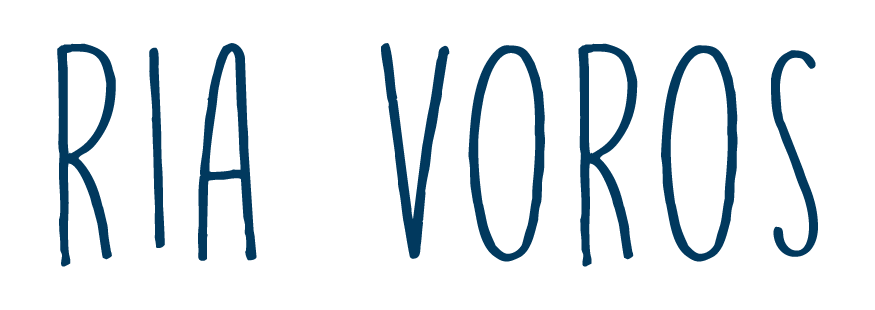Sometimes you just have to go on a journey, you know? Something calls to you, the spirit moves, stars align, however it happens to happen. These days it’s not so easy for me to up and take a road trip because I have to bring two small people with me, and they make for often noisy car rides, among other joys. But when you learn that it’s a very fine salmon spawning year and that they are congregating in obscene masses 500 kilometers from where you are—that they have swum those 500 kilometers in the past few weeks—you kind of need to make a journey.
And since this journey involves hardship (I’m counting screaming kids, here), reflection (“Are we insane to attempt this?”), a long distance (see above) and a transformative experience (wait for it), I’m going to go ahead and call it a pilgrimage.
Which is fine and romantic and a great title for this post, but this is a pilgrimage to see fish. Personally, I like this kind of adventure, but if you’re wondering what all the fishy fuss is about, here’s a primer. Our Pacific sockeye salmon have a four year cycle. They hatch far inland (in this case, here), swim to the ocean after a year and a half, where they get big and mature, and then, when it’s time to spawn, swim back up the river they hatched in. Every fourth year (2010, 2014 and so on) is a dominant run with millions of fish coming home to spawn and die. And sockeye turn bright red as they migrate home, losing their silver scales so their red flesh shows through.
I don’t know a lot about pilgrimage; I’ve never done one or even given it much thought. But it seems to me that the idea of a journey with a destination (geographically as well as spiritually/emotionally) is really apt here. And there are layers: I pilgrimaged with my family to a distant wilderness to see the fish, who had journeyed to their final, sacred place. Plus, as a writer, thinking about how those journeys relate to each other is another pilgrimage—the writing of this post.
The run wasn’t yet at its peak when we were there. (And I, sadly, did not have a long-focus lens.) The water temperatures were unseasonably warm and many of the fish were still in the lake, waiting. But the fact that these salmon had made it all that way—upstream and over waterfalls— was still humbling. The thing about the salmon lifecycle that has always fascinated me is that last enormous effort to get home, spawn and die. I mean, it can’t be fantastic to be exhausted and starving, get all the way home, spill your gametes and then begin to rot before your heart finally gives out.
The mystery of it—the impulse and struggle—boggles my mind. What do they feel during all this? Is there a delirious high from this ordeal? Are their bodies flooded with natural painkillers as they gasp their last? I can’t help trying to find something positive or pleasurable in it, because the only context I have is my own experience as a human, and frankly, I do not have what it takes to be a salmon. And of course it was poetic and ironic and epic, but above all, I found it grounding. These fish are so very crucial to the ecosystem, their bodies and offspring feed so many animals and plants, all the way up the chain. And hundreds of people come out to see them. Which is another interesting parallel: eagles and bears come to gorge on their bodies, humans come to watch their last struggles, but we’re all witnesses to the phenomenon. Just like the pilgrims walking into Santiago.
XO
Ria
If you want to see more of the salmon, check out this video of the 2010 run. I wish I had better images (there were divers in dry-suits in the river with underwater cameras—now that’s dedication), but there are lots here.





That looks like a memorable family road trip! I’ve seen spawning salmon before and was awestruck but you somehow put those feelings into words. And the photo looking down on the salmon swimming is haiku inspiring:)
Red salmon swimming
Beginning and end of life
In flowing river
Thanks Aimee! It IS awe-inspiring, isn’t it? And speaking of…thanks for the haiku–and on a Tuesday, no less. 🙂